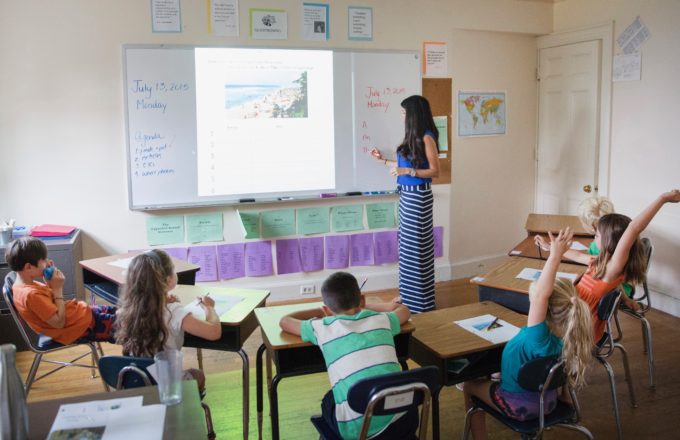Optimize Learning for Students with LBLD
Students with language-based learning disabilities often have difficulty processing and expressing oral and written language. As a result, these students may experience difficulties with the academic tasks of decoding, reading fluency, reading comprehension, spelling, and written composition. Commonly, students with a language-based learning disability also have difficulty with executive function skills, working memory, and attention to tasks. Therefore, it is essential for teachers to foster a classroom environment that incorporates effective, research-based strategies that optimize learning among students with language-based learning disabilities.
Students in a language-based classroom benefit from small group instruction, ideally with 3-7 students. As a result, ample opportunities exist for teacher modeling, facilitated discussion, positive reinforcement, informal assessment, and most importantly, practice and review of information. In addition, certified, experienced and professionally trained teachers should deliver instruction, in collaboration with corresponding specialists such as Speech and Language Pathologists, therapists, reading specialists, or other professionals as identified through a student’s IEP. Specifically, instruction must be explicitly taught to students through highly structured and multi-sensory methods in order to ensure that students comprehend the targeted content and skills. Additionally, students must be strategically grouped into classrooms based on their language needs in order for teachers to appropriately reinforce and remediate reading, writing, spelling and oral language skills.
The recommendations for a language-based classroom directly align with Landmark’s Six Teaching Principles™ which help teachers foster classroom environments for students with language-based learning disabilities that 1.) Provide opportunities for success 2.) Use multiple modalities 3.) Micro-unit and structure tasks 4.) Ensure automatization through practice and review 5.) Provide models and 6.) Include students in the learning process. Below are some resources and links to templates that can help teachers and related service personnel foster a classroom environment where students with language-based learning disabilities can learn most effectively.
As students with LBLD move between language-based classrooms and other environments throughout the school day, it is important that they receive continued exposure to strategies designed to support their learning. Consistent classroom routines and a well-designed physical space constitute ideal learning environments for students to effectively practice and develop language skills. Cross-curricular implementation of research-based teaching strategies and school-wide incentives promoting best practices are recommended to ensure that language skills are reinforced throughout a student’s academic day. Finally, ongoing communication and collaboration between special educators, general educators, and other qualified professionals will ensure the needs of students with LBLD are met so that all students can reach their full academic potential.



